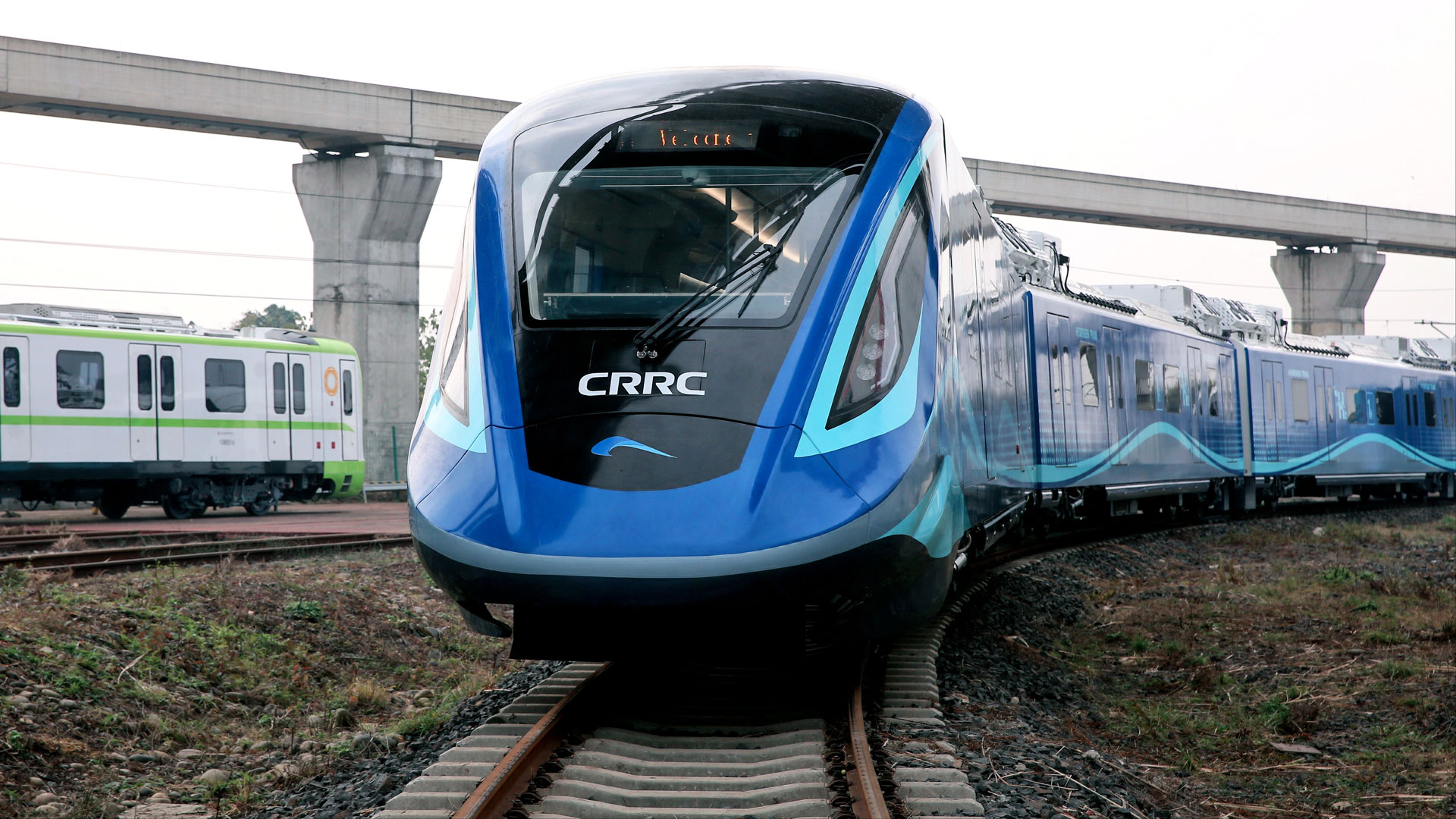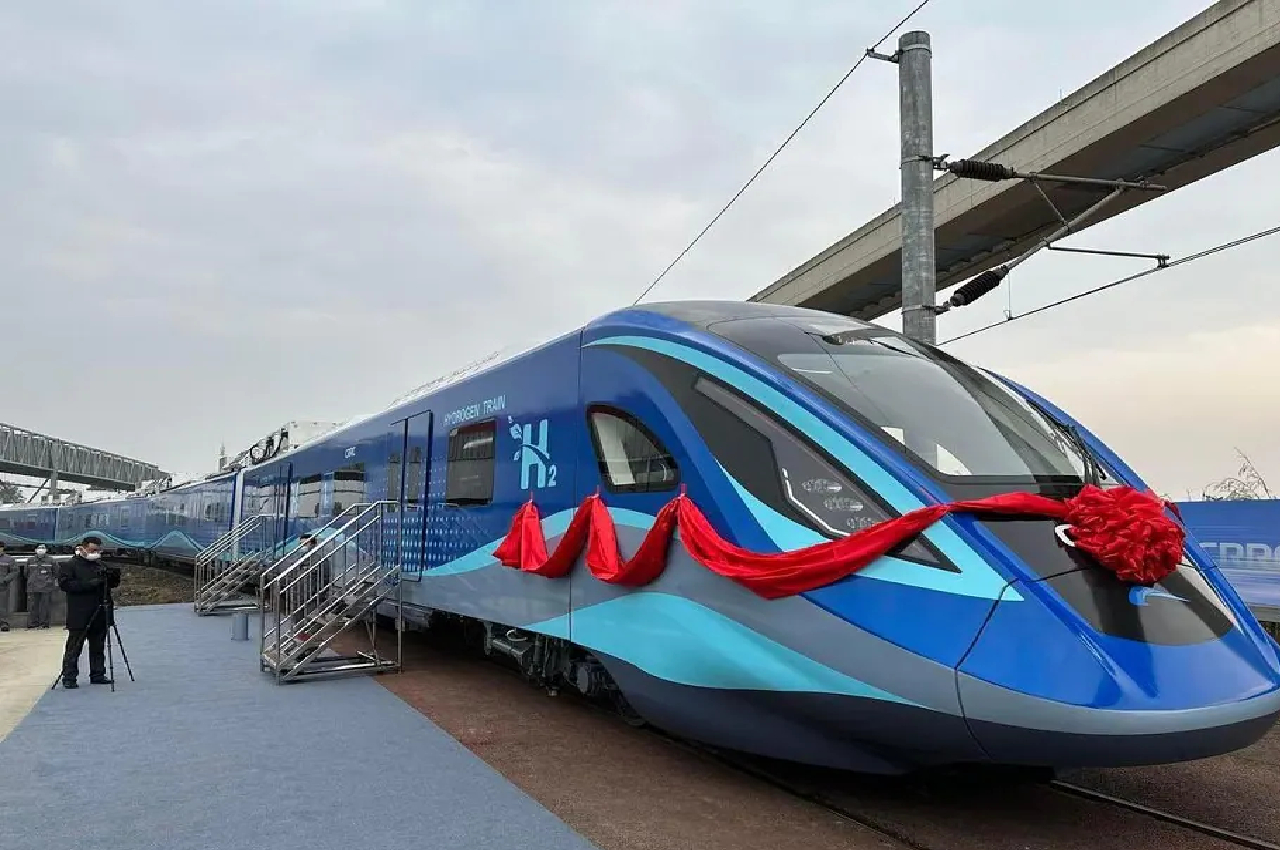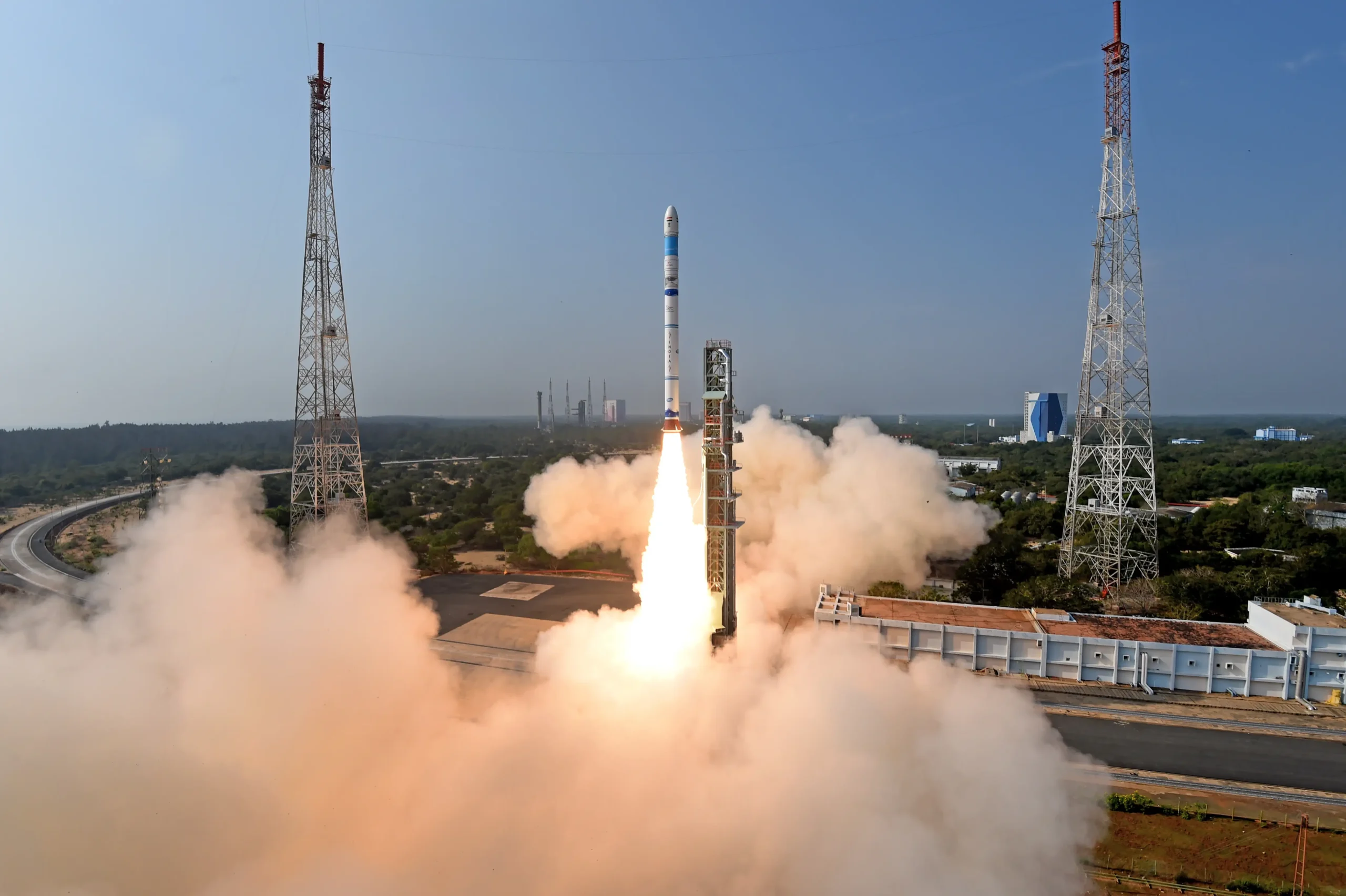
This year, India will launch its first hydrogen-powered train; details, route, and impact

Later this year, India is scheduled to introduce its first hydrogen-powered train, marking a significant advancement in the country’s railway technology. This creative move attempts to greatly lessen the environmental impact of rail transportation while simultaneously modernizing the rail network. This hydrogen-powered train has sophisticated specs and a well-planned maiden route that will transform travel in India.
Features of Train
Fuel Cell Technology for Hydrogen
Hydrogen fuel cell technology is the brains behind India’s new hydrogen-powered train. The chemical reaction between hydrogen and oxygen in these cells produces just heat and water as byproducts, but it also generates electricity. As a sustainable substitute for traditional diesel engines, this technology guarantees an emission-free travel.
Power and Efficiency
The power output of the hydrogen train is intended to be equivalent to that of conventional diesel locomotives. The train, which has several fuel cells, can travel at up to 160 km/h (99 mph). By doing this, travelers can travel quickly and effectively without sacrificing environmental norms.
Refuelling Infrastructure
The infrastructure for fuelling the hydrogen train is crucial to its operation. Along the train’s path, special hydrogen recharging stations are being set up. These stations will make it easier to refuel quickly and effectively, resulting in less downtime and increased operational efficiency.
Amenities & Comfort of Passengers
The train offers contemporary conveniences and a relaxing ride. Wi-Fi, charging ports, ergonomic seating, and improved safety features are all available to passengers. The furnishings combine comfort and sustainability to create a relaxing travel experience.
Also Read: India ready to add 21 new nuclear reactors to meet its growing power demands
First Train Route
Route Selection criteria
India has carefully chosen the first train line to run on hydrogen according to multiple standards. These include the strategic significance of the route, the demand from passengers, and the current infrastructure. Following careful analysis, the recommended path is from Mumbai to Pune
Pune to Mumbai Route
The busy corridor that runs from Mumbai to Pune is well-known for its high volume of passenger travel. This line is perfect for introducing the hydrogen-powered train because it links two big cities. About 200 km (124 miles) separate Mumbai and Pune, and it will take the train about two hours to travel that distance.
Effects on the Economy and Environment
Advantages for the Environment
The favorable environmental impact of hydrogen-powered trains is one of the main driving forces behind their introduction. These trains considerably lessen the carbon footprint of rail transportation by doing away with greenhouse gas emissions. This program is in line with India’s pledge to advance sustainable development and meet its climate change targets.
Financial Benefits
The switch to hydrogen-powered trains has significant positive economic effects as well. Over time, a decrease in reliance on imported fossil fuels can result in substantial cost savings. Furthermore, the construction of infrastructure for hydrogen refueling generates new employment possibilities and boosts the economy in associated industries.
Advancements in Technology
India is leading the way in technical innovation with the introduction of hydrogen-powered trains. With this action, the nation leads the way in the railway industry’s embrace of green technologies. Additionally, it promotes more study and advancement of hydrogen fuel cell technology, opening the door for more breakthroughs.





